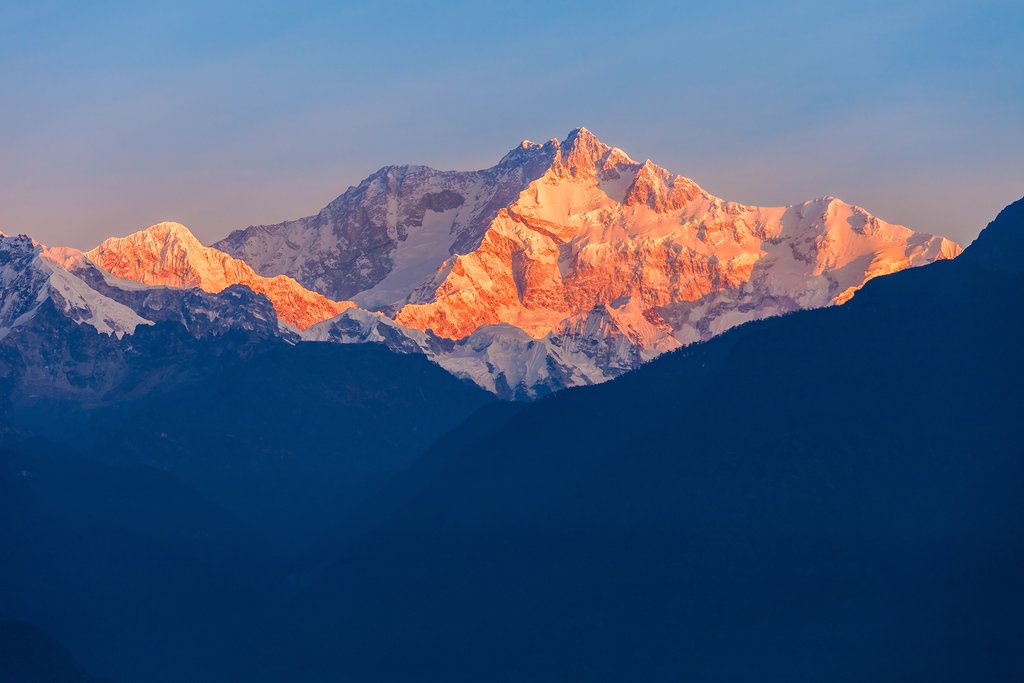If you’ve been dreaming of a spiritual getaway combined with breathtaking mountain views, a monastery and mountain trek could be your perfect adventure. It’s a chance to connect with nature, explore ancient monasteries, and recharge both your body and mind. However, preparing for such a unique experience comes with its own challenges. Don’t worry—we’re here to make it easy.
This guide is packed with practical tips to help you plan your monastery and mountain trek, ensuring you enjoy every moment of your adventure. From packing essentials to navigating cultural etiquette, these steps will help you make the most out of your once-in-a-lifetime trip.
Why Choose a Monastery and Mountain Trek?
There’s something magical about combining the peaceful stillness of monasteries with the invigorating challenge of mountain treks. Whether you’re seeking inner peace or simply breathtaking landscapes, here’s why a trip like this could be the perfect fit for you:
- Spiritual Growth: Meditation sessions at monasteries can provide a profound sense of peace and clarity.
- Physical Challenge: Trekking through rugged terrains offers both fitness and stunning views.
- Cultural Immersion: You’ll have the chance to learn about rich local traditions and history firsthand.
- Reconnection with Nature: Escape noisy cities and recharge in serene mountain landscapes.
Now that you’re inspired, here’s how to prepare for your extraordinary combination of physical and spiritual adventure.
Preparation Is Key

Choose the Right Destination
Not all monastery and mountain treks are created equal. You’ll want to pick a destination that aligns with your fitness level and spiritual goals.
- Bhutan’s Tiger’s Nest Monastery: Perfect for those seeking jaw-dropping views and an intense spiritual experience. The trek is short but steep.
- Nepal’s Annapurna Circuit: Explore ancient monasteries while surrounded by the grandeur of the Himalayas. It trek is better for seasoned hikers.
- Ladakh, India (Hemis Monastery): Known for its festivals, this region offers accessible treks with stunning Buddhist folklore.
Do your research, and don’t underestimate the terrain’s difficulty. Factor in elevation, climate, and trekking length when making your decision.
Train Your Body in Advance
Trekking in mountainous regions often requires a good fitness level. Start your training routine 6–8 weeks before your trip.
- Focus on cardio workouts like running or cycling to improve your stamina.
- Add strength training, particularly for your legs, since they’ll bear the brunt during steep climbs and long descents.
- Practice hiking with a weighted backpack to simulate actual trek conditions.
The fitter you are, the more enjoyable and less exhausting your trek will be.
Master the Art of Packing
When embarking on a monastery and mountain trek, packing light is crucial. Here’s a checklist of essentials to help you get started without overloading your backpack.
Clothing
- Moisture-wicking base layers
- Waterproof jacket and pants
- Comfortable trekking shoes (already broken in!)
- Thermal layers for cold climates
- A scarf or shawl for monastery visits to show respect
Gear
- Lightweight sleeping bag
- Trekking poles (lifesavers on steep descents)
- Reusable water bottle with a built-in filter
- Torch or headlamp with spare batteries
Miscellaneous
- Personal first aid kit
- Snacks like nuts or energy bars
- Notebook and pen for journaling your reflections
If you’re hiring porters or a guide, clarify weight restrictions beforehand.
Understand Cultural Etiquette at Monasteries
Monasteries are sacred in the field, and it’s crucial to respect there traditions.
- Dress Modestly: Cover your shoulders and knees to honor the monastery’s culture.
- Maintain Silence: Speak in hushed tones, and respect moments of prayer or meditation.
- Photography Etiquette: Always ask permission before taking photos, especially of monks or ceremonies.
- Participate: If you’re invited to join a prayer or meditation session, accept the opportunity with gratitude.
Showing respect not only enriches your experience but also fosters a meaningful connection with the local culture.
Hydrate, Rest, and Acclimatize
Mountain regions often mean higher altitudes, which can lead to altitude sickness if you’re unprepared.
- Hydrate Constantly: A reusable water bottle in the drink frequently to stay hydrated.
- Take Breaks: Don’t push yourself too hard on the trek.
- Allow Time for Acclimatization: Spend a couple of days at higher altitudes to help your body adjust.
Altitude sickness (dizziness, nausea) isn’t uncommon. If symptoms arise, prioritize descending to lower altitudes and resting.
Savor the Experience
A monastery and mountain trek isn’t just about reaching your destination; it’s about the moments in between. Practice mindfulness all step in the journey.
- Reflect during sunset views from the trail.
- Take time to journal your thoughts while sitting on monastery steps.
Remember, you’re not just trekking up a mountain; you’re on a deeper, personal adventure.
Unlock the True Potential of Your Journey

Combining the meditative serenity of monasteries with the pristine beauty of mountain treks can be life-changing. By preparing well and immersing yourself fully, this experience can leave you with newfound clarity, physical strength, and unforgettable memories.
Detail
Company Name: Nepal myths and mountain trails pvt.ltd
Address: Saraswati Nagar, Boudha-6. Kathmandu, Nepal
Ngima Dorji Sherpa (Managing Director)
Email: info@nepalmountaintrails.com
Contact: +01-4821914
+977-98511036115

